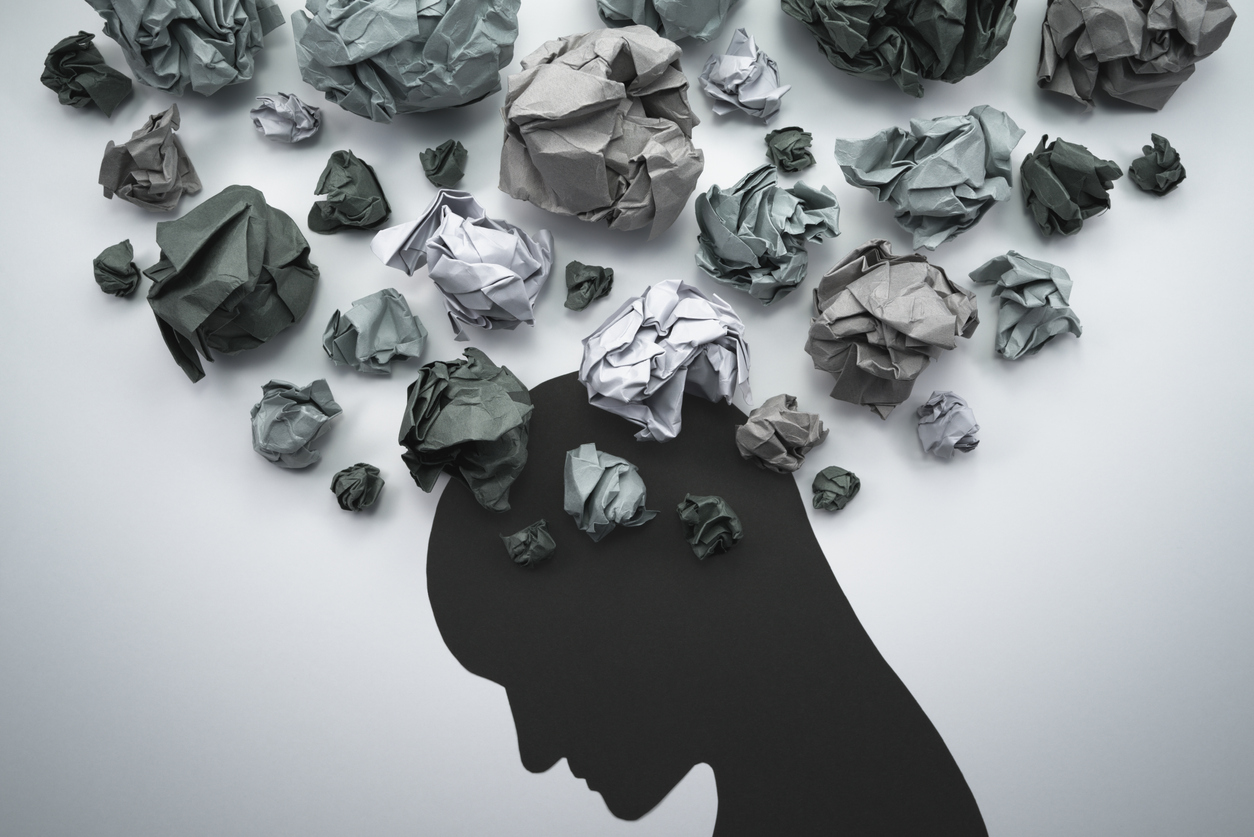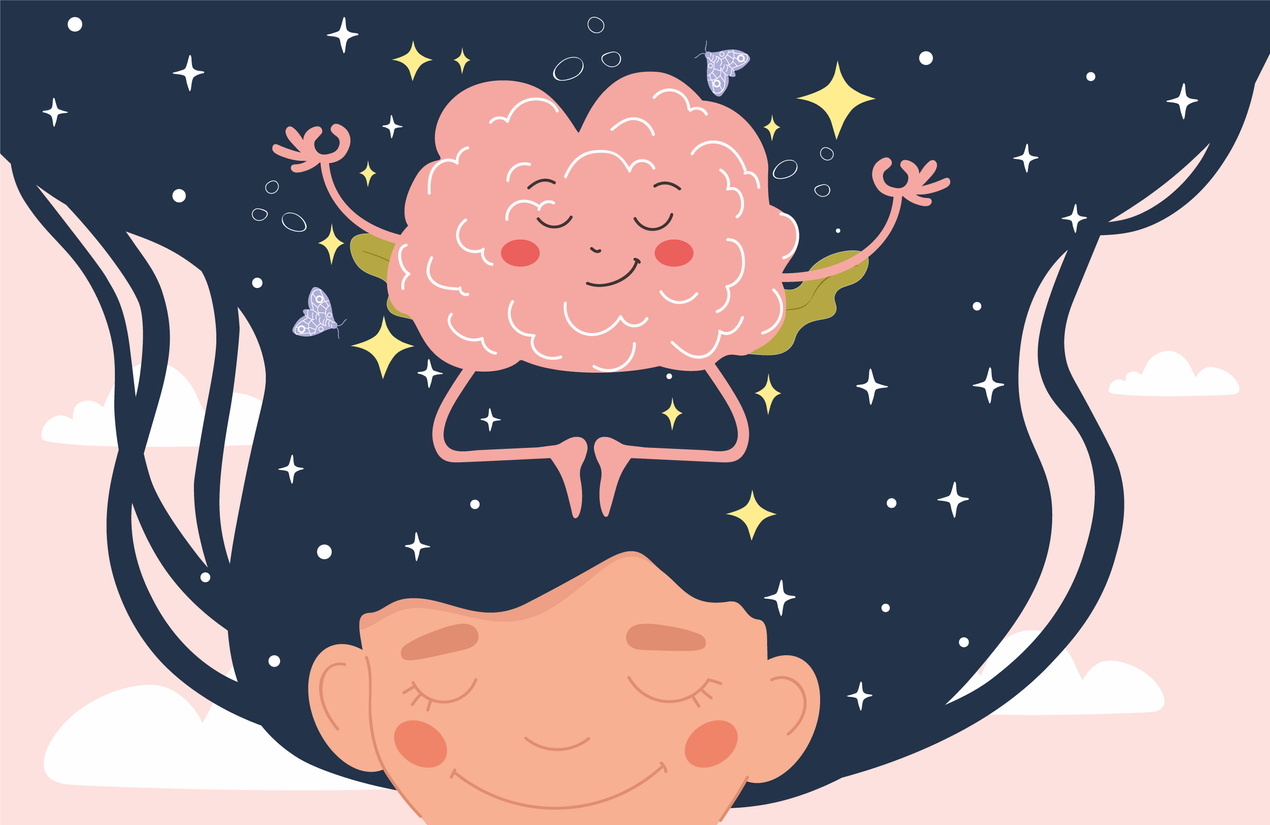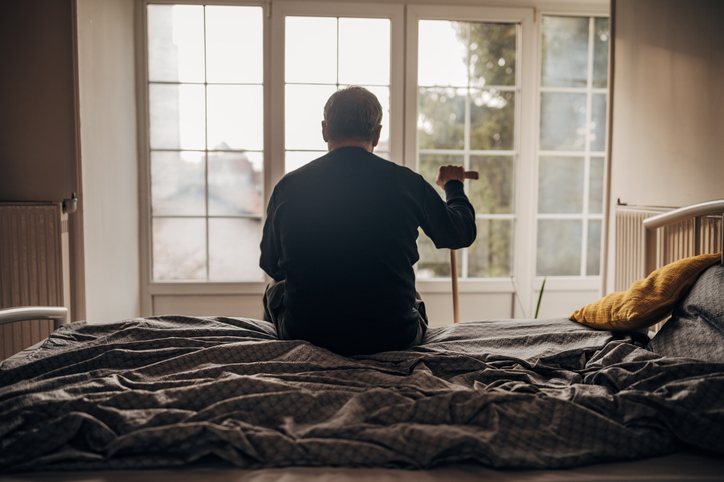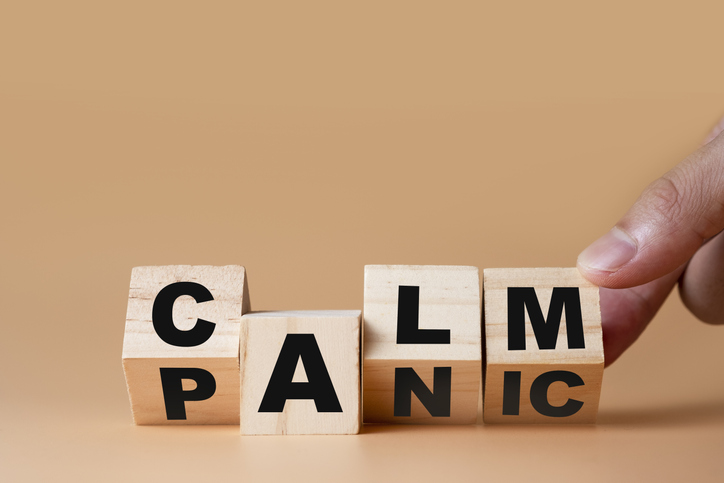Living with Chronic Pain
The Pain-Anxiety-Depression Connection

A connection exists between chronic pain, anxiety, and depression. This partially occurs due to psychological factors. For example, experiencing chronic pain can cause depression, and depression can feel like physical pain. Another part of the connection is biological, in which pain and mental health conditions impact brain chemicals, such as cortisol, serotonin and norepinephrine.
Other factors in the connection of pain, anxiety and depression may include social isolation due to pain levels, sleeping difficulties caused by pain, or excessive worry surrounding the pain condition. Chronic pain conditions that are most commonly linked with mental health concerns include fibromyalgia, migraines, back pain, arthritis, pelvic pain, and complex regional pain syndrome.
Treatment options
Pain and mental health concerns are intertwined; therefore, it is important for both to be treated. Fortunately, certain treatments can address chronic pain, anxiety, and depression consecutively. Examples of these treatments include, but are not limited to, the following:
- Cognitive behavioral therapy (CBT) — CBT is a common type of psychotherapy; it is a combination of cognitive therapy, which focuses on moods and thoughts, and behavioral therapy, which focuses on actions and behaviors. It involves learning how to identify and change inaccurate or negative thoughts and behavioral patterns in order to respond to stressful situations in a more effective way.
- Relaxation training — Relaxation training involves learning to relax to create effects in the body that are opposite of the fight-or-flight response. It slows the heart and respiration rate, lowers blood pressure, and relaxes muscles. Examples of relaxation techniques include progressive muscle relaxation, mindfulness, and yoga.
- Medications — Certain medications that treat mental health conditions can also reduce pain. They include antidepressants, (e.g., serotonin and norepinephrine reuptake inhibitors (SNRIs) or tricyclic antidepressants), as well as some anticonvulsants that are used as mood stabilizers. Individuals who are interested in these medication options should consult with a health care professional.
- Hypnosis — Clinical hypnosis involves a person reaching a focused state, while positive suggestions are provided by the clinician. Hypnotherapy has shown to be effective in reducing pain, anxiety and depression.
- Physical activity — Physical activity does not need to be intense or lengthy to experience the benefits. Gentle activities, such as walking, swimming, chair exercises, or stretching, can decrease pain, anxiety and depression, while stimulating endorphins (feel-good chemicals).


















